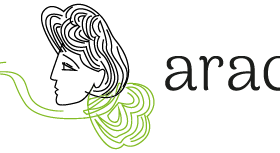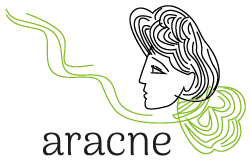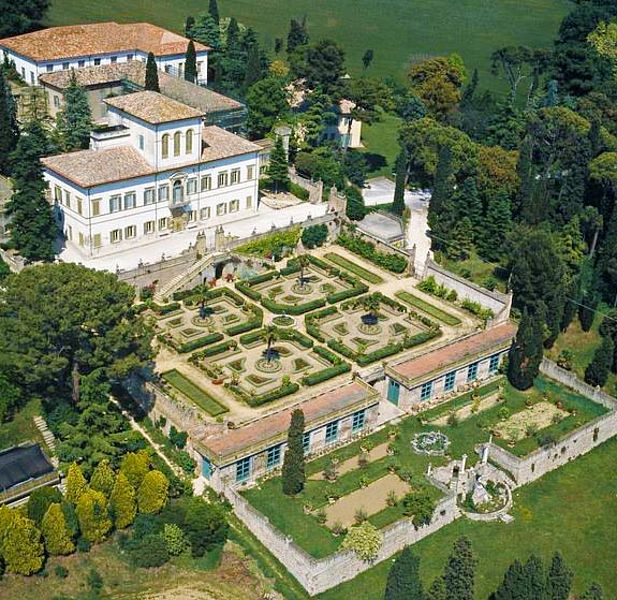Agricultural School and Silk Tradition in Pesaro
In its itinerary among the various historical places of silk memory, the Aracne project encounters the local community in Pesaro, a city rich in silk tradition and evidence of this past activity. The site is Villa Caprile, dating back to 1640, when Marquis Giovanni Mosca commissioned a summer residence for recreation and rest in the hills outside the city. Initially acquired by the Accademia Agraria in 1876, Villa Caprile found new purpose as a practical agricultural school, eventually passing into the hands of the Province in 1925. Today it still houses the ‘Antonio Cecchi’ Technical Agricultural Institute. Pesaro has a long history of interest in sericulture, which can be traced back to the 14th century. The earliest evidence of domestic reeling in the Fossombrone region dates from this period. Sericulture in Pesaro flourished throughout the 1800s, with the industry benefiting from the shade of mulberry trees cultivated in a traditional sharecropping context. However, this idyllic landscape was not without challenges. In particular, the pebrine crisis of the mid-19th century prompted collaborative efforts with the Experiment Sericulture Station of Padua. Sericultural observatories were established in Urbino, Fossombrone, Pesaro and Cagli, observatories whose directors were trained in Padua. The Agricultural Academy of Pesaro also plays a role, especially in the dissemination of innovative practices in mulberry cultivation. Glauco Reali, one of the former directors of ISZA’s Specialised Section for Silkworm Rearing, now the CREA’s Sericulture Laboratory, was an Academy member and contributed his expertise and dedication to the institution.
Surely Pesaro can be a milestone of the future European Silk Route.


